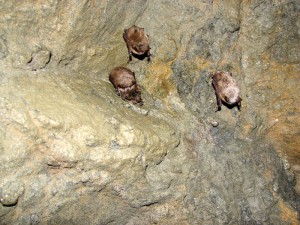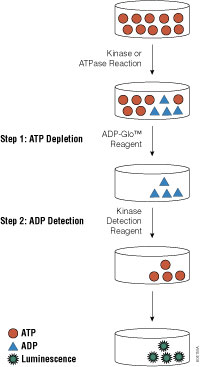
My husband likes to cook and he also likes to collect kitchen gadgets. Mushroom slicers, blenders, numerous graduated vials and measuring devices, meat thermometers, etc., our kitchen drawers are overflowing with the essentials for precision cooking. For each culinary process, there is a unique device, and he uses them all. I do not even know what some of them are for. I only use knives and measuring cups. But his cooking is way better than mine so there is obviously some benefit to using the right tools well.
Some of the most sophisticated kitchen tools come straight from the laboratory. I was interested to read an article in the March 2011 issue of Scientific American describing how high-speed centrifuges are among the newest trends in fancy kitchen equipment. They are being used in restaurants to separate ingredients into their component parts and create potent flavorings. It turns out that centrifugation is a fast and convenient way to purify fat from various vegetables and nuts, creating interesting flavored butters and dairy-free creams (think pea butter or essence of carrot). Centrifugation is a fast alternative to straining or filtering as a means of separating components.
Continue reading “Lab Equipment Today: Kitchen Gadget Tomorrow?”







